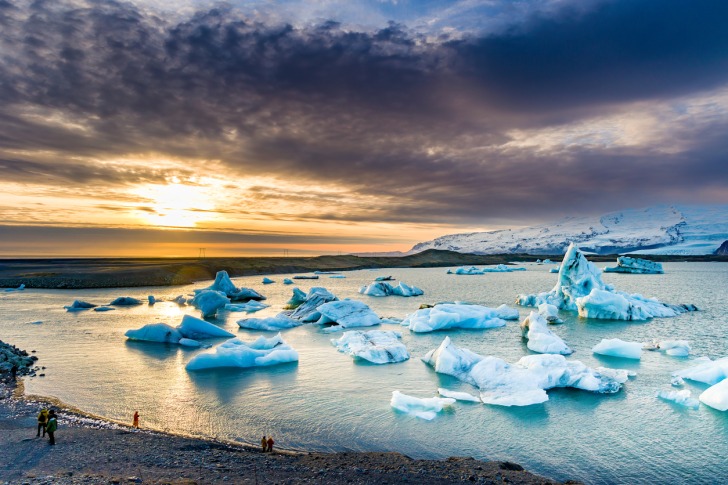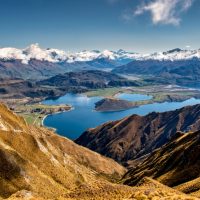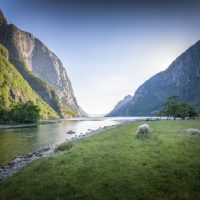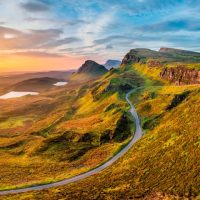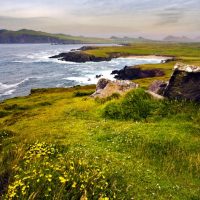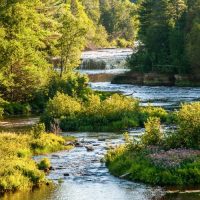Iceland is known for its natural beauty and is often called “The Land of Fire and Ice” due to its landscapes.
With so much stunning nature, you’d imagine the country would have plenty of wildlife.
While that may be true, are there snakes in Iceland?
The country is known for being one of the most beautiful places in the world, but unfortunately, Iceland doesn’t have any snakes.
There are no amphibians or reptiles either.
But what causes this phenomenon to happen?
If you’re curious to know, then don’t worry!
We’ll walk you through why Iceland doesn’t have any snakes.
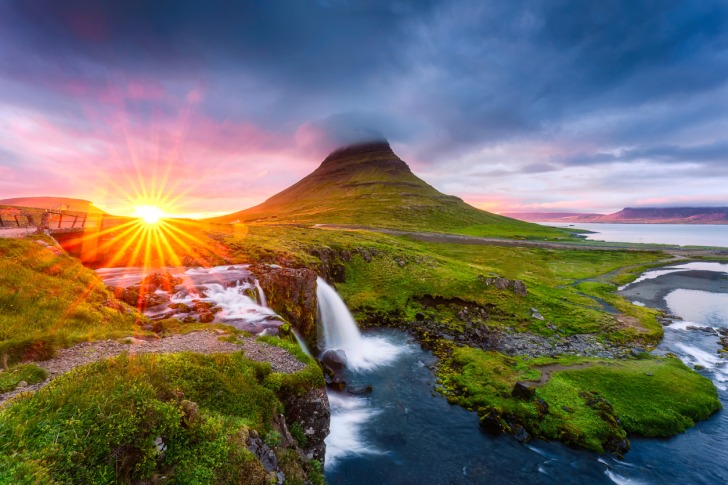
Contents
So… Are There Snakes in Iceland?
Are there snakes in Iceland, and should you be worried?
The simple answer is no, and there aren’t any snakes in Iceland.
Due to its harsh climate, the continent doesn’t have amphibians or reptiles.
While Greenland is often considered a colder destination, Iceland still has some low temperatures.
For example, the coldest part of Iceland is the southerly lowlands, which average around 32 degrees Fahrenheit during winter.
On the other hand, the island’s northern end is consistently around 14 degrees Fahrenheit.
The temperatures range anywhere from -13 to -22 degrees Fahrenheit.
Due to this freezing, snakes often can’t thrive and will die off during winter.
Since the climate isn’t suitable for the species to survive, there won’t be any snakes in the country.
Snakes require a consistent temperature of between 68-95 degrees Fahrenheit.
However, there are some exceptions.
In rare instances, there are snake species that can handle extreme colds.
Many of them hibernate to deal with the low temperatures.
However, there aren’t any in Iceland due to its geographical isolation and harsh climate.
Snake Species in Iceland
There are no permanent resident snake populations in Iceland.
Despite this, some reports of snakes are inside the country.
Iceland has a phenomenon called “sand snakes,” which creates the appearance of a snake.
However, there isn’t a snake, and it’s all a trick of the eye.
What we mean by that is that a strong wind will blow sand through the air.
The phenomenon causes the blown sand to look like a snake.
So, some believe they’ve encountered a snake in Iceland when it’s only a trick of the eye.
Is It Safe to Go on a Trek in Iceland?
If you’re worried about going on a trek in Iceland, then don’t worry.
Aside from its low temperatures, Iceland is one of the safest places to trek.
Regarding animals, Iceland doesn’t have any dangerous, poisonous, or venomous species.
The worst they have are mosquitos, which trekkers are well-equipped to handle.
The main concern for hiking in Iceland is the harsh weather, walking conditions, and risk of injury due to terrain.
These are the same considerations you’d have anywhere else, but the main difference is that bringing a guide with you is recommended.
The terrain in Iceland is much different than that of the rest of the world.
That said, you can do plenty of prepping to ensure you won’t get severely injured.
One of the main tips trekkers recommend in Iceland is to start with easier routes and areas.
You can switch to more intense trails once you’re accustomed to those types of trails.
Luckily, Iceland features lowlands and highlands that are full of hiking trails.
Interesting Snake Facts in Iceland
Since there aren’t any snakes in Iceland, and the only one found was a fake sand snake, there isn’t much to say about them being in the country.
However, there are other surprising snake facts.
One is that snakes are entirely illegal in Iceland.
Similar to other countries with no snake populations, there is a ban on bringing snake species into the country.
Introducing a snake to the current ecosystem could be bad.
Not only is Iceland free from many predators, but it also has a large prey population.
If someone introduces a snake into the ecosystem, it could crumble.
Animals in Iceland didn’t evolve to deal with snakes.
So, many of the prey will end up dying as the snake population grows.
This could affect the entire ecosystem in Iceland, especially because it’s isolated.
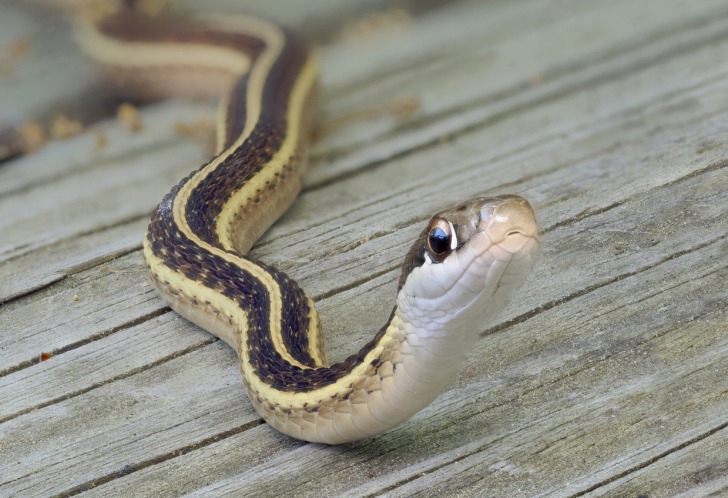
3 Safety Tips for Exploring Nature in Iceland
Iceland is a destination experience that no one should miss.
If you’re looking to explore the stunning country, you’ll want to keep some tips in mind.
Below, we’ll give you a handful of tips that can help assist you in your exploration of the country.
1. Always Take a Guide
While most people don’t think a tour guide is necessary, it should be in Iceland.
Unlike other places, Iceland is very remote and has a harsh climate.
While you could go off on your own, there are potential risks that a guide can eliminate.
For one, they understand the terrain.
Many reports have been made of trekkers who have gone hiking alone only to realize the trail they chose might not have been for the faint of heart.
Instead, they get into a bind and often need assistance getting back down.
So, a guide can help show you what to look for in specific areas.
2. Start With Lowland Hiking
The lowlands are perfect for any hikers due to being beginner and expert-friendly.
Lowlands in Iceland are generally found in the southern region of the country.
They are a part of the coast and often have a stunning view of the surrounding gulf.
Iceland’s topography is mountainous, with volcanic plateaus, peaks, ice fields, and cliffs.
You don’t want to be caught in the wrong area without proper training and experience.
So, it’s best to stick to lowland areas and slowly work your way up.
3. Prepare For Harsh Weather
Iceland can change the weather on a good day within only a few minutes.
The country is known for weather that changes quickly and dramatically.
If you want to keep safe, then be sure to bring appropriate equipment.
This includes bringing windproof and waterproof clothing, boots, and extra food.
Summary
Iceland is one of the most beautiful countries in the world, and it shows.
The only downside is that snake enthusiasts can’t enjoy the beauty of Iceland while seeing their favorite slithering friends.
That being said, Iceland is still worth the trip, especially if you enjoy hiking.
Iceland Safety Overview
READ THE FULL REPORT: Iceland Safety Review
Safety Index: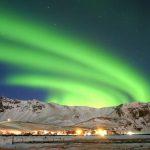
- OVERALL RISK: LOW
- TRANSPORT & TAXIS RISK: LOW
- PICKPOCKETS RISK: LOW
- NATURAL DISASTERS RISK: LOW
- MUGGING RISK: LOW
- TERRORISM RISK: LOW
- SCAMS RISK: LOW
- WOMEN TRAVELERS RISK: LOW
Frequently Asked Questions
What is the biggest predator in Iceland?
There aren’t many land predators in Iceland, but there are in the sea.
The most dangerous animal in Iceland’s waters is the Orca.
They are the biggest Iceland predators, and they hunt in pods.
What country has no snakes or spiders?
Among the countries in the world, New Zealand, Iceland, Greenland, and Antarctica are free from snakes and spiders.
These destinations are isolated and often never have the chance to have these species migrate.
So, they have no snakes and strict regulations regarding bringing them into the country.
Can I buy a pet snake in Iceland?
Sorry to say, but Iceland has strict regulations regarding the ownership and import of snakes.
The country’s ecosystem is delicate; even a lost pet snake can wreak havoc.
So, you won’t be able to see or own a snake in Iceland and should plan a different trip if this is why you want to travel to the country.
